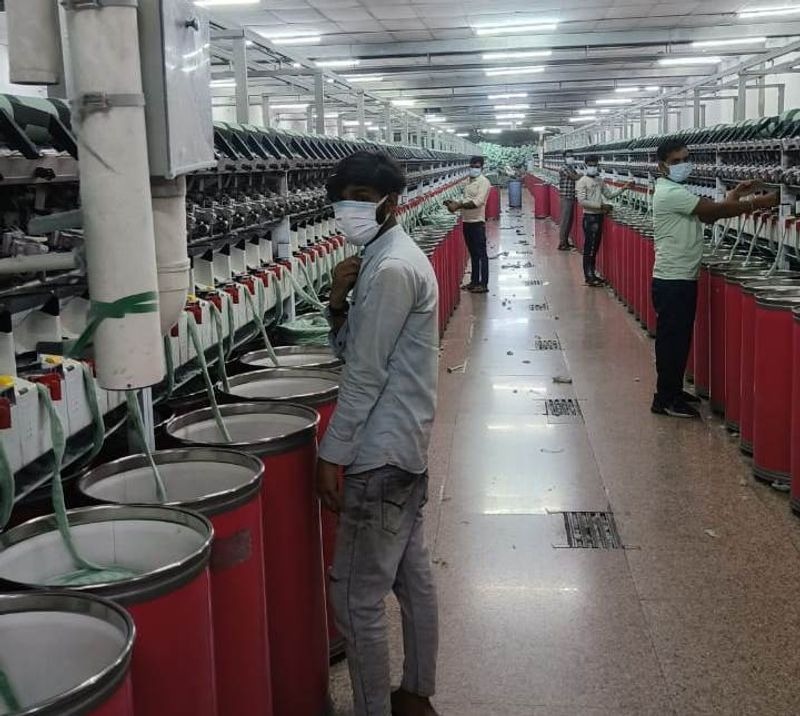Once famed for battles, the historic city now leads a green industrial revolution
Known in history for decisive battles that shaped empires, Panipat is now commanding global attention for an entirely different kind of victory — a green industrial revolution. Once branded as the “handloom city,” Panipat has now earned a new title: the world’s largest hub for textile recycling.
Producing over 30 lakh kilograms of recycled yarn daily, the city’s 200-odd spinning mills are transforming tonnes of discarded fabrics into valuable exports, all without using chemical dyes or wasting water. This sustainable approach has not only reshaped Panipat’s industrial identity but also set a powerful example of circular economy in action.
The recycling effort gained national recognition when Prime Minister Narendra Modi, in the 120th episode of his Mann Ki Baat radio programme, lauded Panipat’s pioneering model. “Panipat has set an example for other cities,” the Prime Minister said, acknowledging its emergence as a global leader in textile recycling.
According to Pritam Sachdeva, former president of the Haryana Chamber of Commerce and Industries and advisor to the Northern India Roller Spinners’ Association, Panipat has officially surpassed Turkey, which earlier held the title of top textile recycler. He said around 300 tonnes of discarded fabric is processed every day in the district’s spinning mills.
Sanjay Gupta, current president of the Roller Spinners’ Association, explained that raw materials — including cotton, wool, and hosiery rags — are imported from countries such as Germany, Spain, Italy, Belgium, France, the US, Canada, and Bangladesh. These materials are then repurposed into a range of textile goods, including bath mats, carpets, bed sheets, blankets, shawls, curtains, and more.
Recounting the industry’s humble beginnings, Gupta said Panipat’s recycled yarn industry began nearly 25 years ago, and most units now produce around 15 tonnes of yarn daily. With 30 to 40 new units expected to come up soon, the industry is expanding rapidly. Presently, these mills are also a source of livelihood for an estimated 70,000 workers.
Vinod Dhamija, exporter and Chairman of the Haryana Chamber of Commerce and Industries (Panipat chapter), said that 80–90% of the recycled yarn is exported, underscoring the city’s global footprint. He described the process — starting with sorting of discarded clothes by colour. White fabrics are used to make a premium product called ‘fresh yarn’, while coloured rags are turned into yarn for mink blankets, rugs, and upholstery fabrics.
Even the by-products are put to use. The dust left after processing is repurposed to create mattresses and sofa filling material, making the entire process practically zero-waste.
Panipat’s remarkable shift from battlefield to beacon of sustainability stands as a powerful example of how history-rich towns can script new stories through innovation and industry — this time, with a greener thread.

